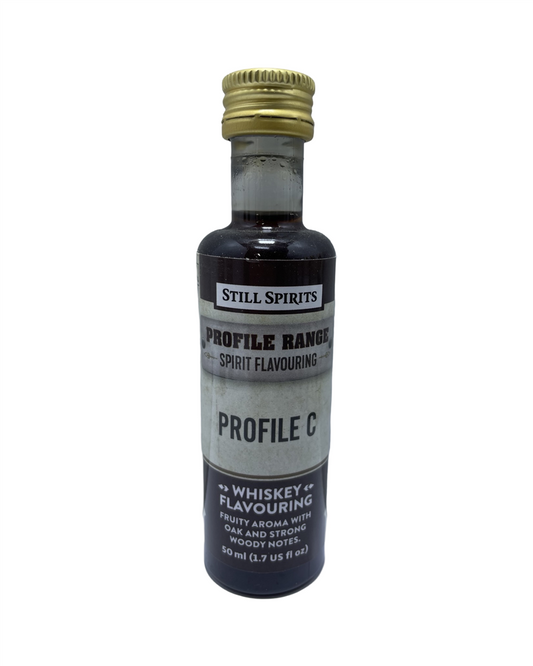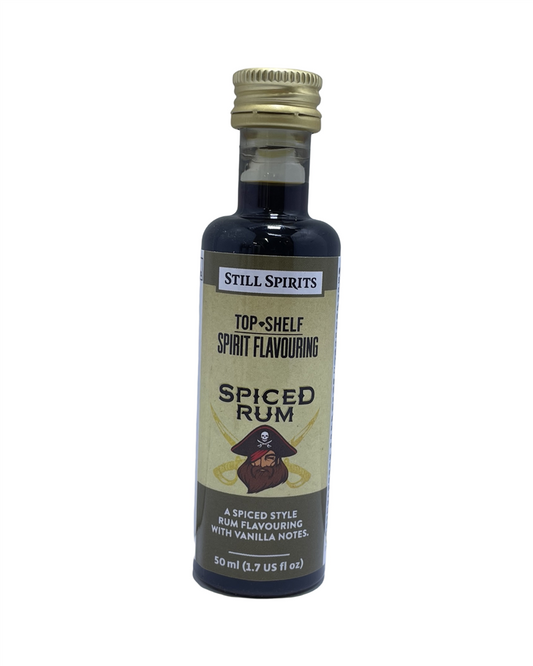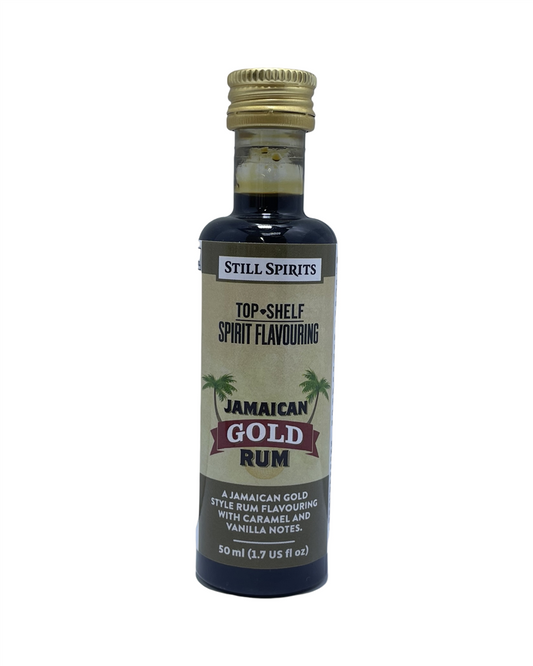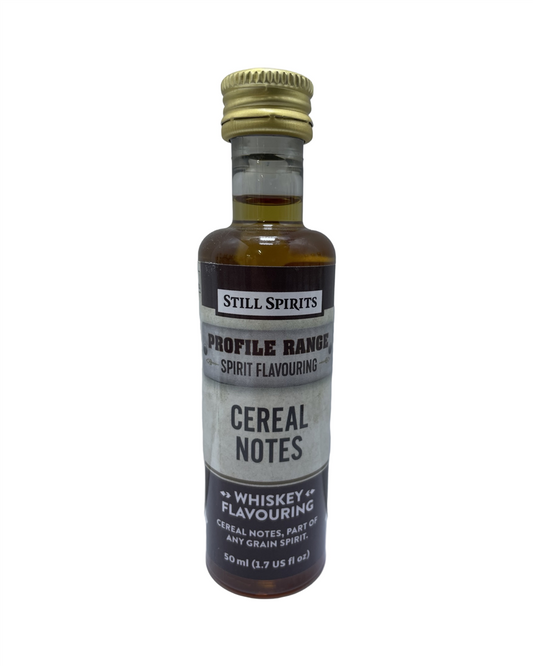
I didn’t “ruin” my batch. I just didn’t rinse this properly.
Share
How a Coopers Pale Ale Kit (Almost) Taught Me to Give Up Brewing
A simple sanitising slip nearly cost me a whole batch — but here’s why that “fail” actually made me a better brewer.
Cracking into a fresh Coopers Pale Ale can is a near-sacred moment for a backyard brewer. You’re not just pouring out syrup — you’re lining up a flawless pint in the making. Or at least, that’s what I thought… until one clunky mistake turned a promising batch into what tasted like old dishwater.
And here’s the kicker: my brewing gear wasn’t faulty. The recipe was spot-on. The yeast was alive and kicking. I just didn’t rinse the fermenter properly after sanitising.
Result? A mouthful of plastic tang and disappointment. But — and this is why I’m telling you — that little mistake taught me more than some full plaques of perfect brews. So, if your ferment’s gone sideways lately... maybe it’s not you. Maybe it’s just that you forgot to rinse.
“I didn’t ruin the batch — I just didn’t rinse the gear properly.”
The 10-Second Insight That Saved My Next Brew
The second I cracked the lid, I knew. The smell was wrong. Not full infection funk, but chemical — like a Tupperware container left out in the sun.
A quick look at my process and it hit me: I’d used a no-rinse sanitiser but didn’t check the manufacturer’s notes. Turns out, "no-rinse" doesn’t mean "leave pools of foam at the bottom of your fermenter." Some sanitisers are no-rinse when diluted correctly and drained thoroughly. Guess who skipped both?
Now? I follow a 3-step rinse-check every single brew:
- Swirl and drain: Don’t just fill then dump. Proper rinse action makes a difference.
- Visual check: Shine a torch inside your fermenter. No residue, no foam puddles.
- Final rinse (if needed): If it smells like anything other than “nothing,” rinse again.
Since then, every batch’s been bang-on. Clean, crisp, no chemical after-hints.
Brewing’s Not Binary – It’s a Series of “Almosts”
If you’ve ever had a mate try your beer and say, “Not bad, hey,” but you know there’s that weird twang at the end — yeah, you’ve likely lived this story too.
This isn’t about blaming gear or giving up. Brewing’s a balancing act between consistency and creativity. And real growth often comes from the stuff-ups you almost threw out. That batch didn’t ruin my confidence — it built it. Because now I know the exact difference cleanliness makes. Not sterilisation level cleanliness. Practical, beer-saving cleanliness.
The "Stuff-Up → Shift → Smug Pint" Arc
Old Me: Thought a splash of sanitiser and a wish was enough.
Oops Moment: Tasted chemically-tainted Coopers I wouldn’t serve to a possum.
New Me: Slows down, checks, rinses, and actually breathes during cleaning day.
And yeah — last weekend, mates couldn’t stop pouring my Aussie Pale. No weird finishes. Just clean, balanced hops and malt working together like they’re meant to.
What This Means For Your Shed
You don’t need an industrial keg line to get clean, high-quality flavour. You just need to respect your equipment and not rush the “boring” bits. Whether you’re brewing in a shed, garage, or corner of the kitchen bench, this is the takeaway:
The difference between a drinkable beer and a brag-worthy brew could be one rinse away.
The Takeaway That’ll Stick in Your Head
It wasn’t a recipe issue. It wasn’t a gear fail. It wasn’t my yeast misbehaving.
It was a tiny cleaning habit I didn’t know I was missing.
Next time you crack a bottle and something’s off, before rewriting the recipe or blaming the yeast, ask yourself: did I rinse it properly?
My best brews started the moment I stopped trying to be perfect and started trying to be more intentional. Clean hands, clean kit, clean flavour.
Cheers to the batches that didn’t quite work — they’re the ones that teach you how to get it right.
Happy brewing,
Candeece

Stay Connected
Join our homebrewing community: Beer and Barrel Society on Facebook
Follow our Facebook Page: Strathalbyn H Hardware on Facebook







